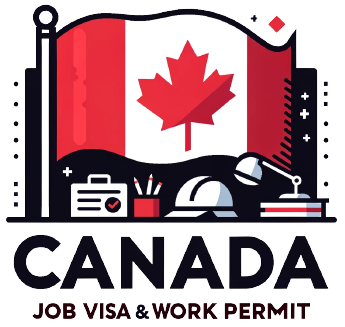As a Saudi Arabian looking to embark on a professional journey in Canada, it’s essential to understand the Canadian job market and adapt your application strategy accordingly. Here are some expert tips to enhance your chances of success:
1. Effective Networking:
Networking isn’t just about who you know; it’s about who knows you. In Canada, personal connections can be as vital as your qualifications. Start by tapping into your existing network and gradually build your Canadian connections. Attend virtual or in-person industry events, join Canadian professional groups on platforms like LinkedIn, and engage in discussions. This not only expands your network but also keeps you informed about industry trends and hidden job markets.
2. Tailoring Your CV:
The Canadian job market prefers concise and specific CVs. Customize your CV for each job application by emphasizing skills and experiences most relevant to the job description. Incorporate Canadian standards in your CV, such as using Canadian spellings and including a brief summary of your professional profile. Remember, a well-structured CV that passes through Applicant Tracking Systems (ATS) can significantly increase your chances of getting noticed.
3. Utilizing Job Sites:
Beyond the generic job search websites, explore niche job boards and company career pages for more targeted opportunities. Customize job alerts based on your preferred industry and role. Regularly updating your profile and CV on these platforms can also increase your visibility to potential employers.
4. Market Research:
Understanding the demand and supply in your industry is key. Use resources like Statistics Canada for labor market trends and salary surveys. This information helps in positioning yourself correctly in the market and negotiating salaries.
5. Targeted Applications:
Quality over quantity is crucial in job applications. Tailor each application to the job’s requirements, highlighting how your skills and experiences align with the role. Customizing your cover letter for each application is equally important, as it shows your genuine interest and effort.
6. Interview Preparation:
In addition to practicing common interview questions, understand the Canadian workplace culture. Familiarize yourself with behavioral interview techniques commonly used in Canada, where you’re expected to share specific examples that demonstrate your skills and experiences.
7. Professional Follow-Up:
A well-crafted follow-up after your application or interview can make a significant difference. It demonstrates your enthusiasm for the position and your professional approach. However, keep it brief and respectful of the employer’s time.
8. Navigating the Work Visa Process:
Start by determining the right type of visa for your situation. Prepare your documents meticulously, ensuring they meet the requirements. The Canadian government’s official website provides comprehensive guidelines and checklists that can be very useful.
9. Exploring Entrepreneurial Avenues:
For entrepreneurs, Canada’s Start-Up Visa program is an innovative pathway. It requires a solid business plan and support from a designated Canadian organization. This not only helps in setting up a business but also in integrating into the Canadian economy.
10. Global Talent Stream:
Especially beneficial for tech professionals, the Global Talent Stream offers expedited visa processing. Understanding this program’s eligibility criteria and how to leverage it can give you a competitive edge.
11. Understanding the Job Market and Economy:
Canada’s economy is diverse, spanning from technology to natural resources. Understanding the sector you are interested in, its growth patterns, and the regulatory environment is crucial for long-term career planning.
12. Using Canada’s Job Bank:
This government-operated platform is more than just a job listing site. It provides insights into various professions, expected salary ranges, and educational requirements, which can be crucial in planning your career move.

